‘Not a lot of room for error’ – NASA to Announce if Starliner Can Safely Bring Stranded Astronauts Home
Since June, astronauts Barry “Butch” Wilmore and Sunita “Suni” Williams have been aboard the International Space Station (ISS), waiting for their journey back to Earth. Their return is now uncertain, as Boeing’s Starliner, the spacecraft meant to bring them home, has faced significant technical issues.
NASA is now faced with a critical decision: can the Starliner safely bring the astronauts back?
The Unexpected Twist in the Mission
The mission was initially intended to be a straightforward eight-day test flight, but unexpected complications with the Starliner turned it into a months-long ordeal.
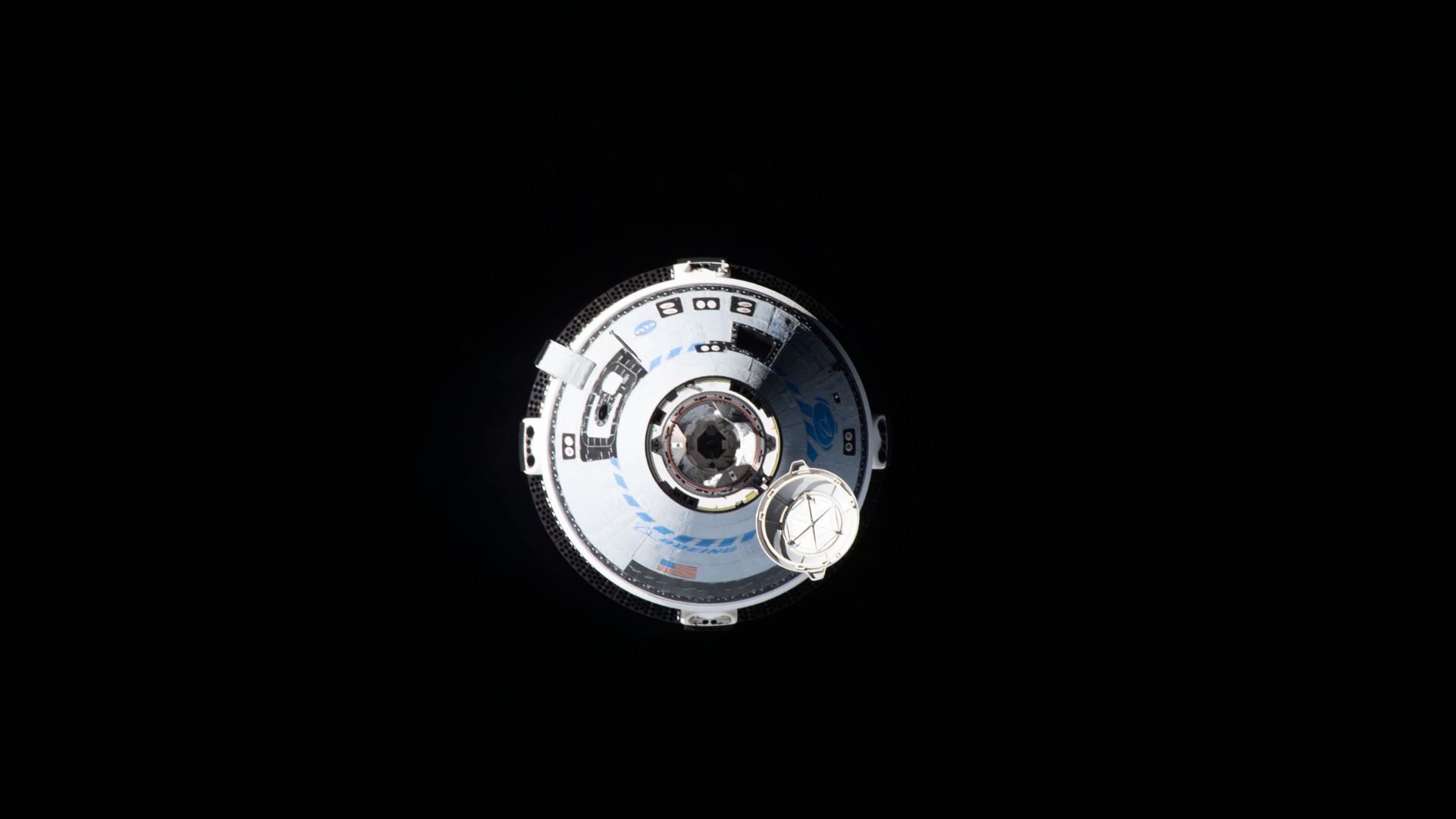
Source: Bob Hines/NASA/Wikimedia Commons
The spacecraft experienced leaks and thruster malfunctions, causing NASA to reconsider its ability to return safely. The agency has scheduled a crucial review to determine the spacecraft’s fate.
The Rare Mid-Mission Review
On Saturday, August 24, NASA Administrator Bill Nelson will host a live news conference to discuss the future of the Starliner mission. This follows a rare mid-mission flight readiness review, highlighting the gravity of the situation.
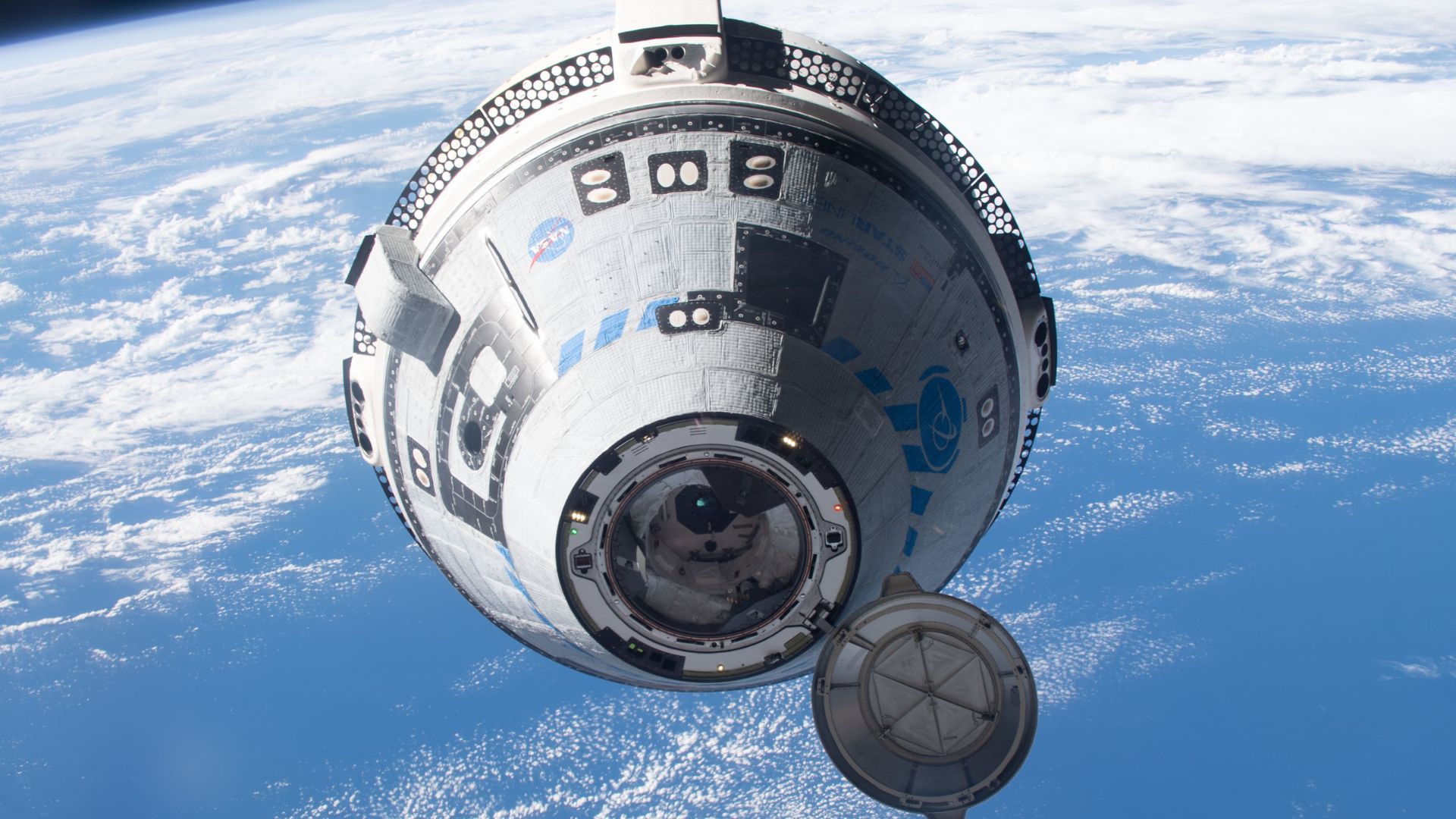
Source: Bob Hines/NASA/Wikimedia Commons
The review, conducted behind closed doors with NASA and Boeing officials, aims to assess whether the spacecraft can safely transport the astronauts back to Earth.
Potential Outcomes: Starliner vs. SpaceX
NASA is weighing two options: attempt a return with the Starliner or wait for a SpaceX Crew Dragon mission.

Source: Tim Peake / ESA/NASA via Getty Images
If NASA decides against using the Starliner, the astronauts could remain on the ISS until February 2025, hitching a ride back with SpaceX. This decision could mark another setback for Boeing’s troubled Starliner program.
Technical Challenges Plaguing Starliner
The Starliner, intended to be Boeing’s answer to SpaceX’s Crew Dragon, has been plagued with issues since its launch.

Source: NASA/Wikimedia Commons
Problems like fuel leaks and failed thrusters have raised safety concerns. Boeing has tried to allay fears with new test data, but NASA’s low tolerance for risk is putting every detail under scrutiny.
Boeing's Struggles to Compete
Boeing, traditionally a giant in aerospace, has struggled to compete with SpaceX’s innovative approach. The Starliner program alone has cost Boeing $1.6 billion in losses.
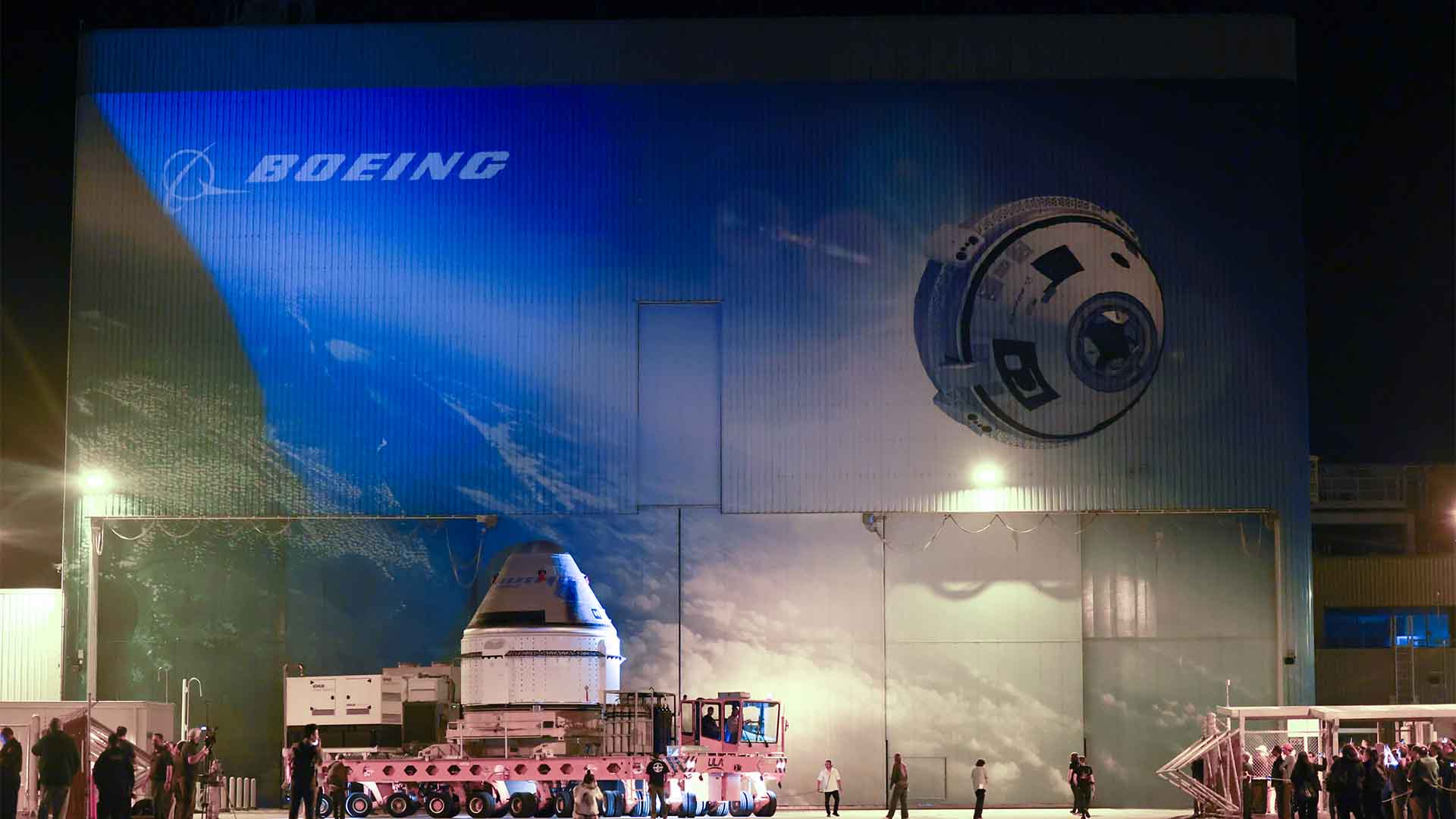
Source: Joe Raedle/Getty Images
Coupled with other setbacks like the 737 Max incidents, Boeing is under immense pressure to deliver a successful mission amidst growing competition from Elon Musk’s SpaceX.
A Backup Plan with SpaceX
If the Starliner is deemed unsafe for human return, NASA has a contingency plan: two seats on a SpaceX Crew Dragon mission.
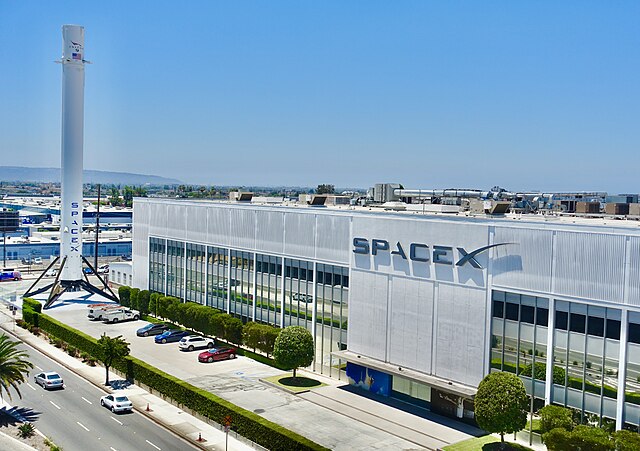
Source: Wikimedia
This backup would delay Wilmore and Williams’s return until February 2025, emphasizing the critical nature of NASA’s decision on Saturday.
SpaceX’s Daring Mission
While NASA deliberates Starliner’s fate, SpaceX is preparing for a daring mission of its own. Next week, SpaceX will launch “Polaris Dawn,” which will include the first private-sector spacewalk.
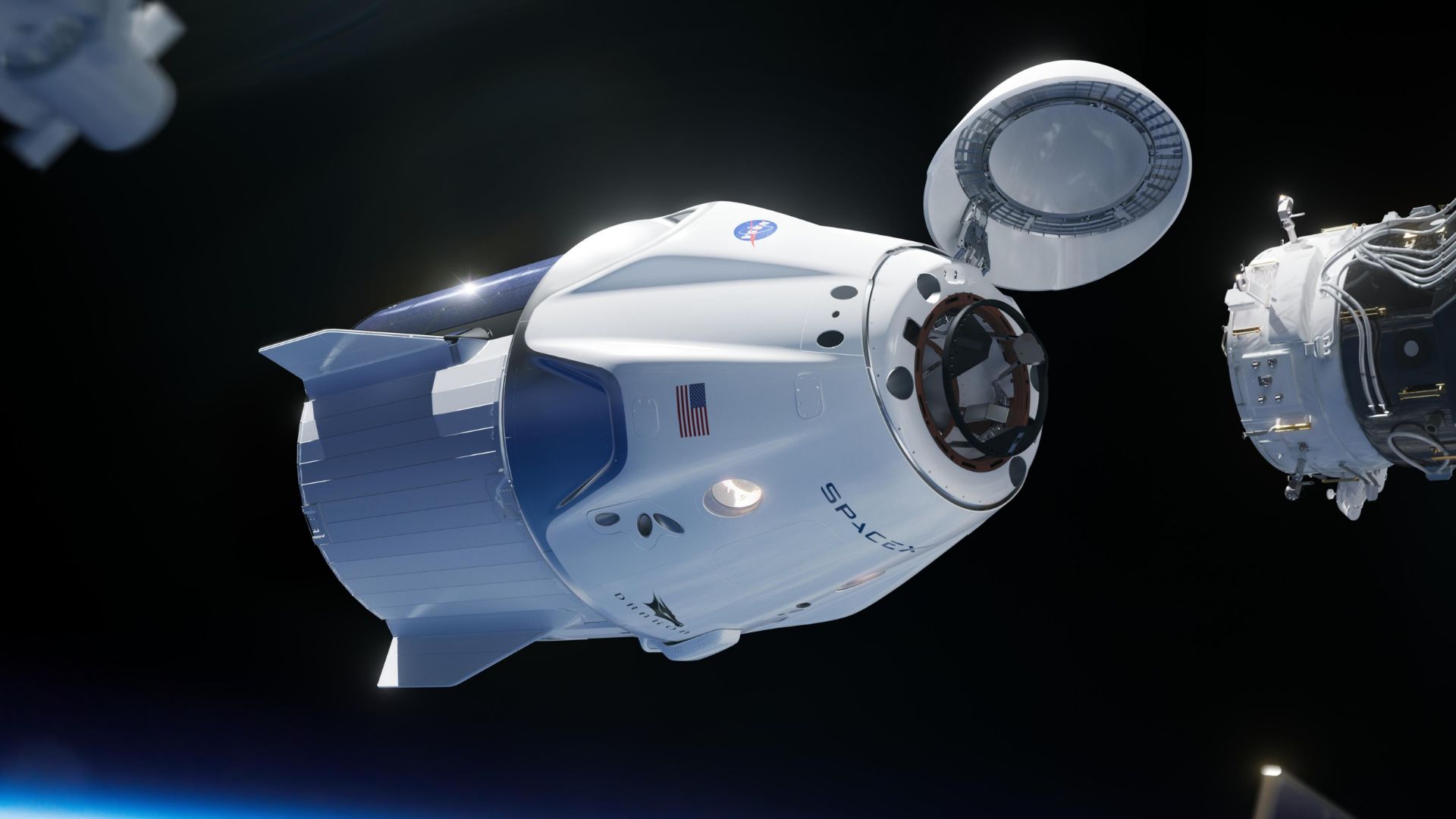
Source: NASA/SpaceX/Wikimedia Commons
This mission will venture 434 miles into space, further than any human mission since Apollo, testing the limits of space travel with a cabin that lacks an airlock.
Pushing the Limits with New Technology
Polaris Dawn will feature innovative slimline spacesuits designed for a spacecraft modified to open its hatch in the vacuum of space.
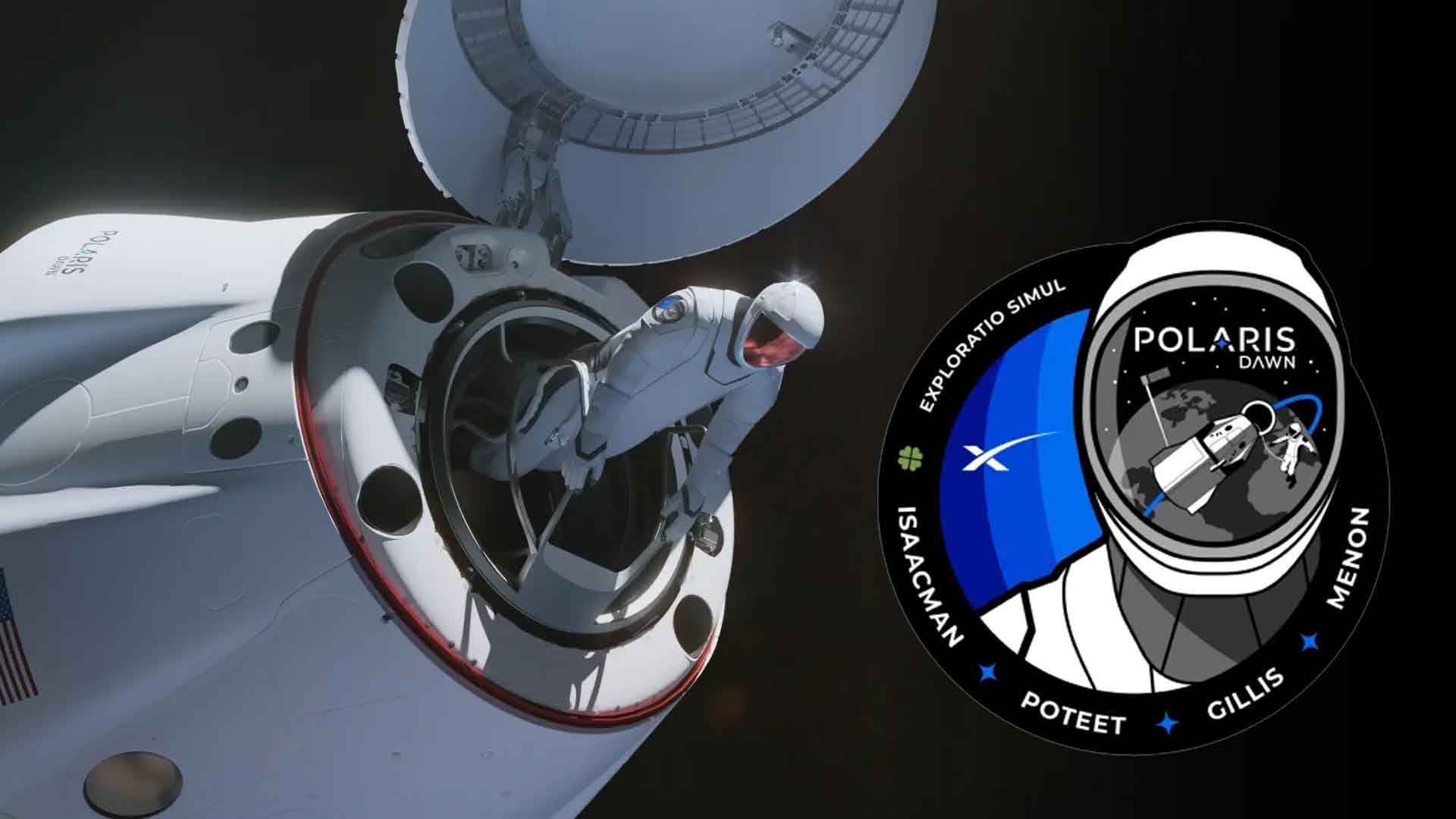
Source: Polaris Program
The technology removes the need for an airlock, showcasing SpaceX’s commitment to pushing the boundaries of space exploration. Retired NASA astronaut Garrett Reisman highlighted the risks, stating, “There’s not a lot of room for error.”
The Battle for Space Supremacy
The ongoing developments show a larger battle for supremacy in commercial spaceflight. Boeing’s troubles with the Starliner contrast sharply with SpaceX’s bold advances.
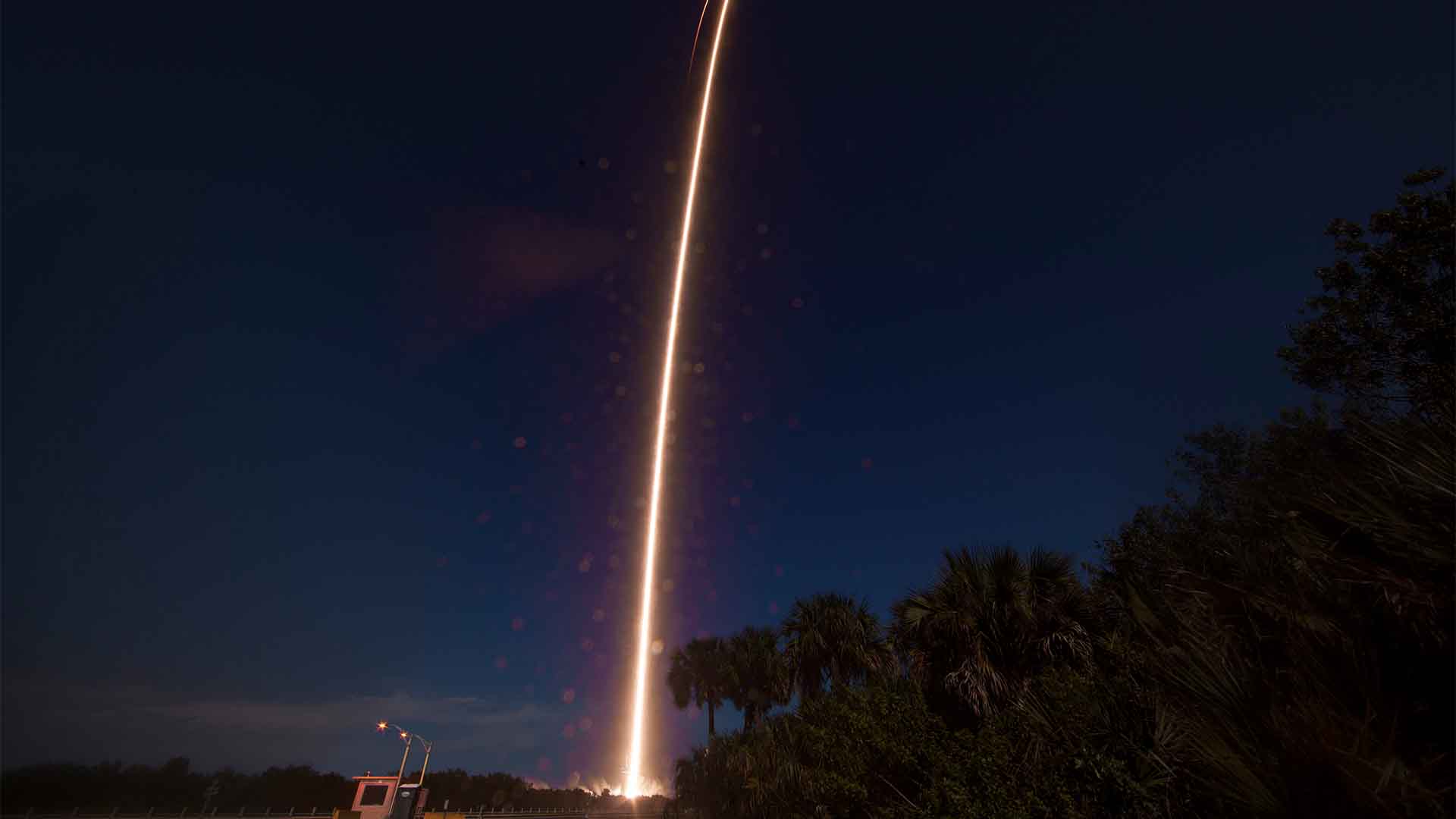
Source: Aubrey Gemignani/NASA via Getty Images
As NASA faces a pivotal decision on the Starliner, it also reflects on the broader challenges and competition in space exploration.
NASA's Risk Calculations
NASA’s decision will hinge on balancing the potential risks of returning with the Starliner against the reliability of waiting for SpaceX.
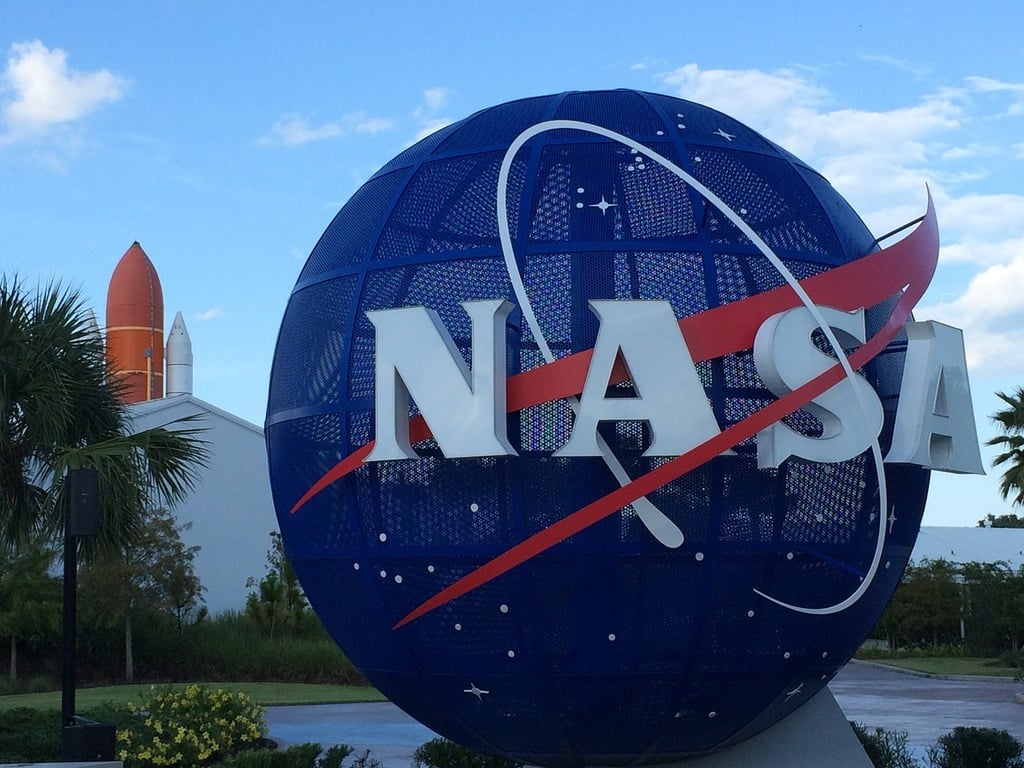
Source: Picryl
The agency has historically maintained a low-risk appetite for astronaut safety, and this decision could set a precedent for future missions. Safety concerns, financial implications, and competitive dynamics all play a big part.
Awaiting the Verdict
All eyes are now on NASA’s Saturday announcement. The future of Boeing’s Starliner program, the fate of the astronauts aboard the ISS, and the broader dynamics of the space race hang in the balance.
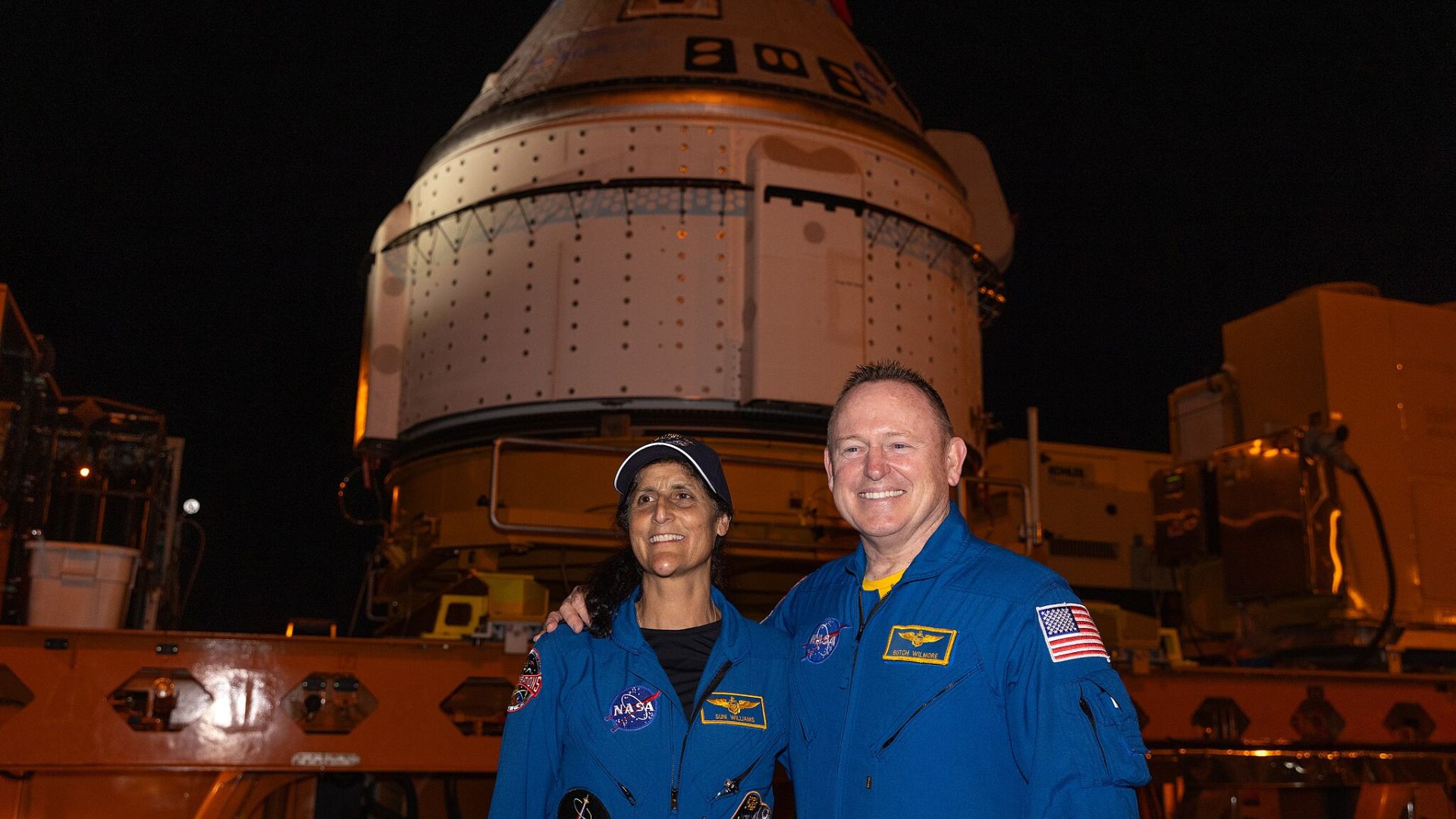
Source: NASA/Kim Shiflett/Wikimedia Commons
Will NASA give the green light for a Starliner return, or will they opt for the safer route with SpaceX? The clock is ticking, and the world is watching.
